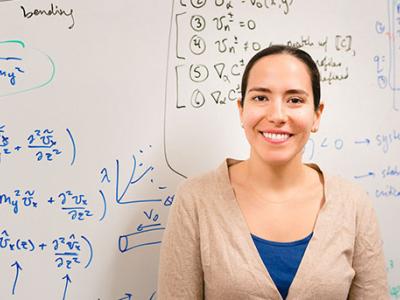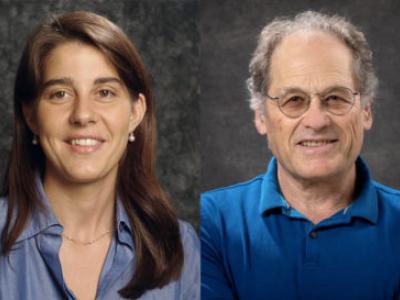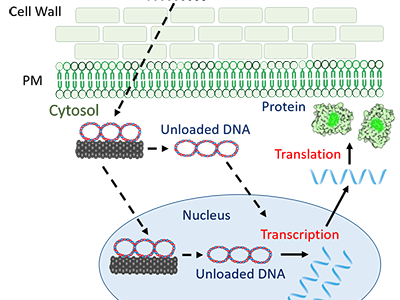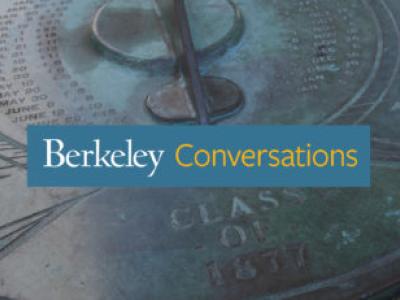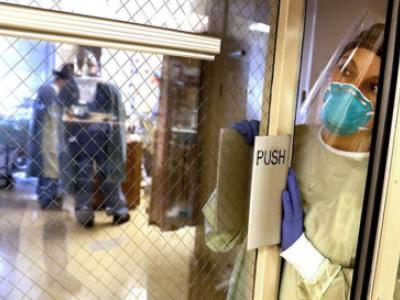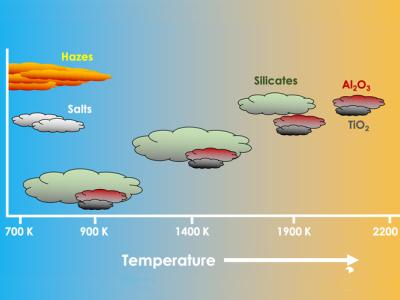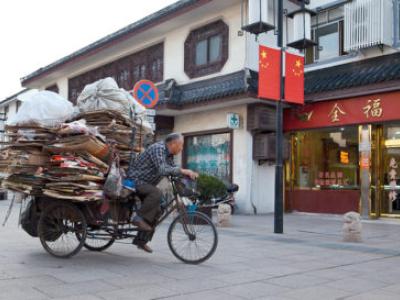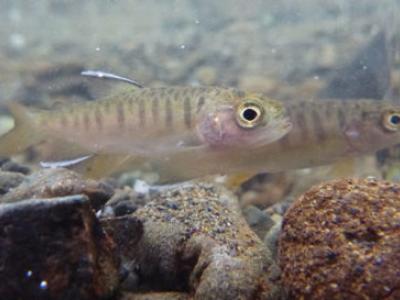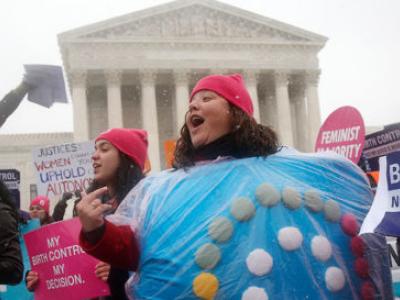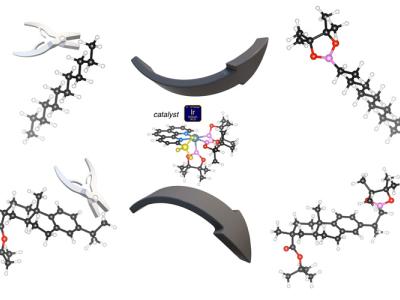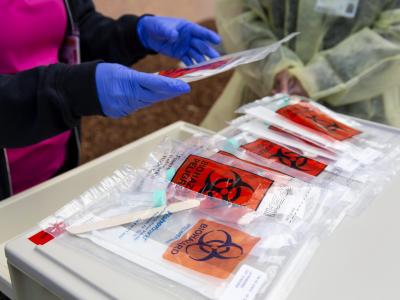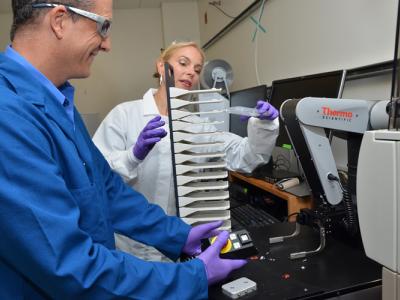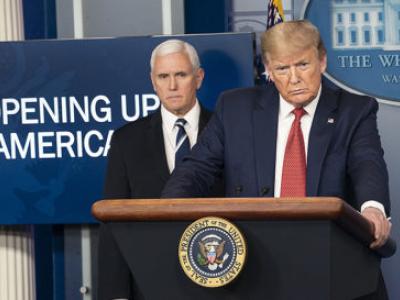It’s like a Trojan horse on an incredibly small scale, a vehicle designed to slip through the tough defensive wall of plant cells and deliver the potent gene editing system, CRISPR-Cas9. Once inside, CRISPR- Cas9 can snip out a targeted gene to boost crop yields. The delivery vehicles are nanotubes, developed by Markita Landry. With support as a Bakar Fellow, Landry is now refining the technique and working with experts in agricultural science, business and other fields needed to reach the marketplace.
Research News
Learn more about UC Berkeley's researchers and innovators.
Showing 1345 - 1360 of 3512 Results
Quantum physicists Alessandra Lanzara and Joseph Orenstein have been awarded $1.6 million each over the next five years to poke and probe new types of materials to see what unusual phenomena pop out.
It’s like a Trojan horse on an incredibly small scale, a vehicle designed to slip through the tough defensive wall of plant cells and deliver the potent gene editing system, CRISPR-Cas9.
UC Berkeley’s Institute of Governmental Studies and the California Initiative for Health Equity & Action (Cal-IHEA) recently completed the largest survey of Californians to date regarding opinions and attitudes related to COVID-19.
Disaster is a laboratory for innovation. During a war, or in the aftermath of an earthquake, whole societies mobilize to answer the immediate challenge, while a cadre of researchers looks for a way to transform the crisis into advances that will improve lives, or save lives, in the future.
Hospitalized COVID-19 patients in the U.S. are enduring longer hospital stays and facing higher rates of intensive care unit (ICU) admission than patients in China, finds a new study led by researchers at the University of California, Berkeley, and Kaiser Permanente.
Giant planets in our solar system and circling other stars have exotic clouds unlike anything on Earth, and the gas giants orbiting close to their stars — so-called hot Jupiters — boast the most extreme.
“All waste is global,” said Kate O’Neill, a professor in the the Department of Environmental Science, Policy and Management at UC Berkeley, at a campus event in February.
For young coho salmon, summer is not all fun in the sun: Extended heat and drought can sometimes dry up the small freshwater streams where the endangered fish spend the first year of their lives, leaving them trapped in small pools with limited food and oxygen.
Residents of states with limited access to contraceptives and high rates of unplanned pregnancies are more likely to turn to the internet for information about abortion. These are the findings of a new study of Google search data across all 50 states by researchers at the University of California, Berkeley.
The most common chemical bond in the living world — that between carbon and hydrogen — has long resisted attempts by chemists to crack it open, thwarting efforts to add new bells and whistles to old carbon-based molecules.
A team of researchers at UC Berkeley School of Public Health - in partnership - is launching a new initiative to offer universal testing to students, staff, and faculty as they return to the UC Berkeley campus and to develop rapid response protocols and effective infection control.
Thanks to a rapid funding program thrown together by wealthy entrepreneurs barely six weeks ago, seven COVID-19 research projects at the University of California, Berkeley, are getting an infusion of cash — $2.2 million in all — that could turn up new diagnostics and potential treatments for the infection within months.
Mirroring the dramatic uptick in digital interaction, University of California-affiliated health centers have seen a 1000% increase in telehealth since the beginning of the pandemic, UC Berkeley health experts said.
Half of California voters hold China largely responsible for the COVID-19 pandemic and shortages of medical supplies and tests, but voters broadly reject the use of racial labels for the virus, according to a report from the UC Berkeley Institute for Governmental Studies (IGS).
New study describes how getting in the mind of predators — considering the ecology of how they hunt, how their prey behaves and how they interact with the landscape around them — will help farmers and wildlife managers target interventions to discourage wild carnivores from preying on valuable livestock.

